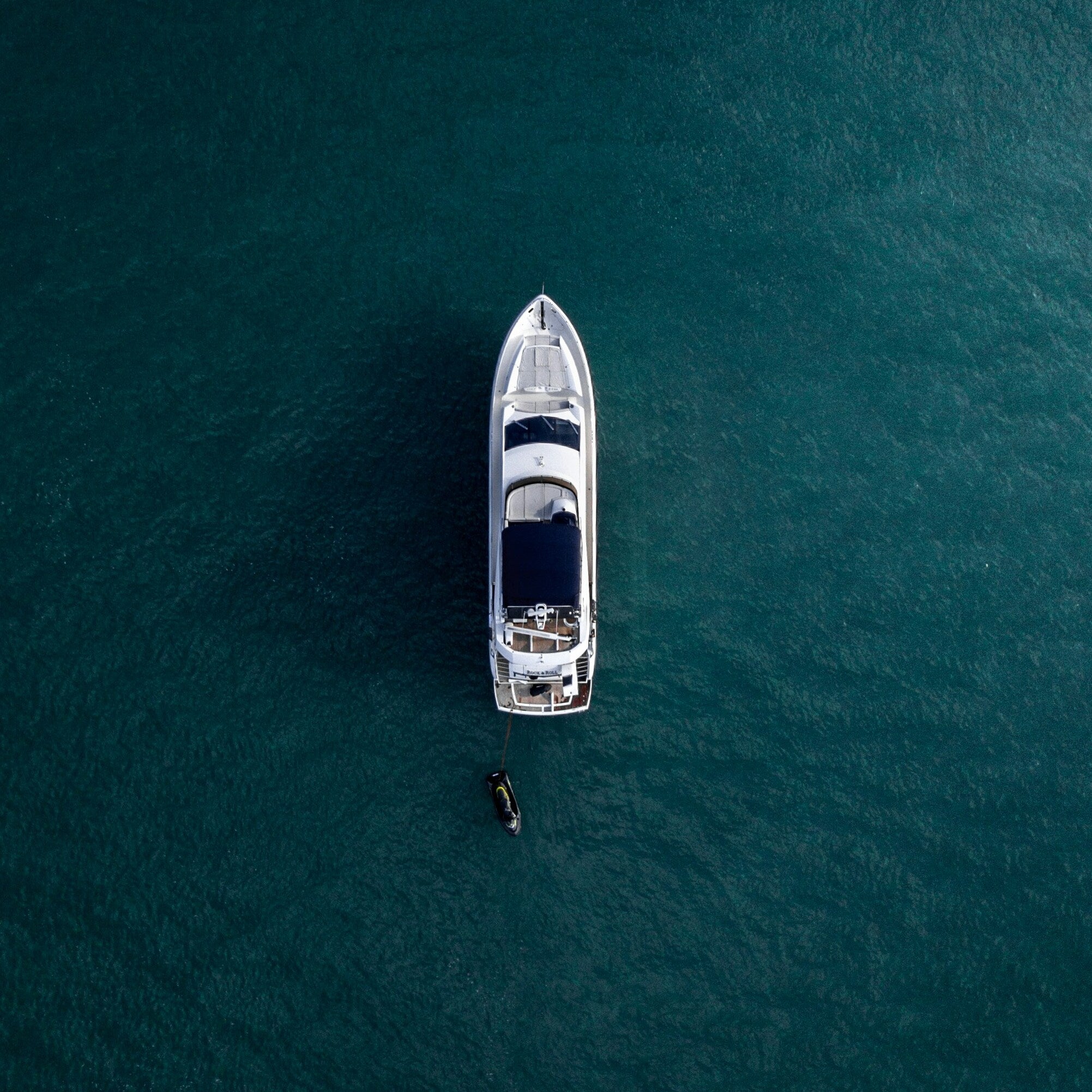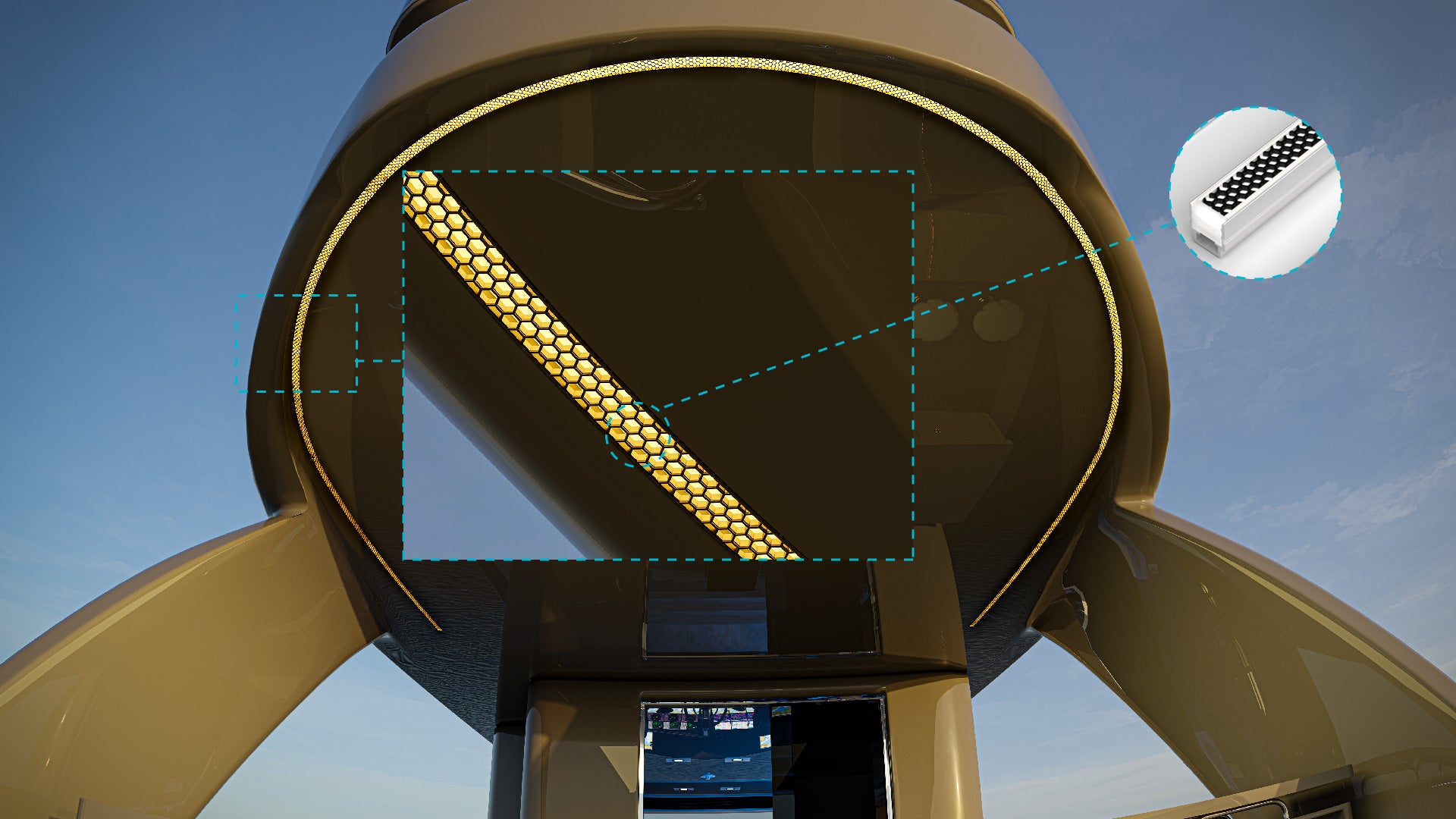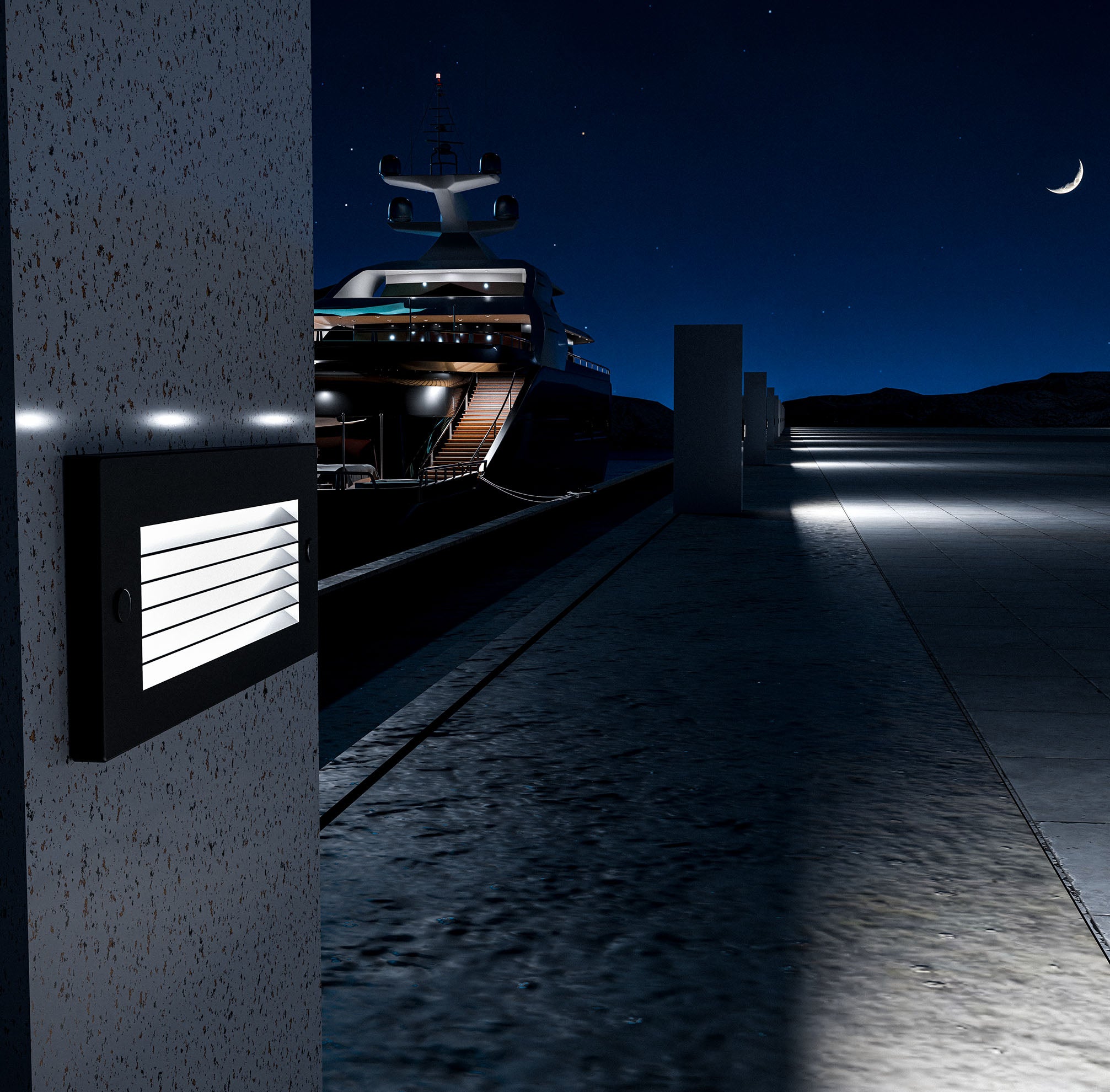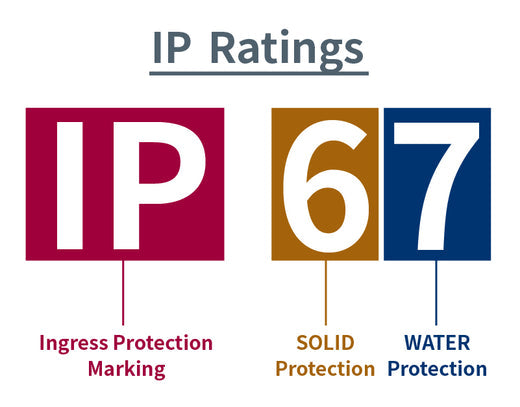When it comes to boating, ensuring the safety and longevity of your equipment is crucial, particularly in the harsh conditions of marine environments. One often overlooked aspect of marine equipment, especially LED lighting, is the importance of IP ratings. These ratings, which indicate the level of protection against dust and water, are vital in ensuring that your marine LED lights perform reliably in challenging conditions. In this blog, we’ll delve into why IP ratings are so important in marine LED lighting and how they can make a significant difference in the durability and functionality of your lighting systems.
Understanding IP Ratings
IP ratings, or Ingress Protection ratings, are a standardized measure used to indicate the degree of protection provided by an enclosure against the intrusion of solid objects (like dust) and liquids (like water). These ratings are crucial in determining how well a piece of equipment, such as a marine LED light, can withstand the environmental conditions it will be exposed to.
The IP Rating System
The IP rating is typically represented by two numbers. The first digit indicates the level of protection against solid particles, ranging from 0 (no protection) to 6 (complete protection against dust). The second digit denotes the level of protection against water, ranging from 0 (no protection) to 9 (protection against high-pressure water jets and immersion).
Examples of IP Ratings:
- IP65: Dust-tight and protected against low-pressure water jets from any direction.
- IP67: Dust-tight and protected against temporary immersion in water up to 1 meter deep.
- IP68: Dust-tight and protected against continuous immersion in water under conditions specified by the manufacturer.
Understanding these ratings helps you choose the right LED lighting for your marine environment, ensuring your lights are sufficiently protected against the elements they’ll face.
The Marine Environment: Challenges for Lighting
Marine environments are among the most challenging for any equipment, particularly lighting. The combination of saltwater, constant moisture, and physical impacts requires lighting solutions that are specifically designed to withstand these conditions.
Saltwater Corrosion
Saltwater is highly corrosive, and prolonged exposure can cause significant damage to unprotected lighting. Proper IP-rated lights, especially those with higher ratings, are designed to resist corrosion and maintain functionality in salty environments.
Constant Exposure to Moisture
Whether from waves, rain, or humidity, moisture is a constant presence in marine settings. IP ratings ensure that your LED lights are sealed against water ingress, preventing short circuits and other issues caused by moisture exposure.
Vibration and Physical Impact
Boats are constantly moving, which means your lighting is subjected to vibrations and potential impacts. LED lights with robust IP ratings are often built with durable materials that can withstand these physical stresses.
Temperature Fluctuations
Marine environments can experience significant temperature changes, especially between day and night. LED lights with appropriate IP ratings are better equipped to handle these fluctuations without compromising their performance.
IP Ratings and Marine LED Lighting Durability
The IP rating of your marine LED lighting directly correlates with its durability and longevity. Lights with lower IP ratings may work fine in mild conditions but can fail quickly when exposed to the rigors of a marine environment.
Protection Against Water Ingress
Water is one of the biggest threats to marine lighting. LED lights with high IP ratings, such as IP67 or IP68, are designed to prevent water from entering the enclosure, even during immersion. This protection is crucial for lights used on the exterior of boats or in areas where they may be submerged.
Corrosion Resistance
Saltwater can rapidly corrode unprotected lighting. LED lights with high IP ratings often feature materials and seals that resist corrosion, ensuring that your lights remain functional and look good over time.
Physical Durability
Lights with higher IP ratings are typically built to withstand the physical demands of marine environments. This includes resistance to impacts, vibrations, and wear and tear from constant movement and exposure to the elements.
Using marine LED lights with appropriate IP ratings means fewer replacements, reduced maintenance costs, and more reliable performance over time.
Common IP Ratings in Marine LED Lighting
Not all IP ratings are created equal, and different ratings are appropriate for different parts of your boat and types of usage.
- IP65: Suitable for interior lighting or areas that are not directly exposed to water. These lights are protected against dust and low-pressure water jets, making them ideal for covered areas on your boat.
- IP67: Perfect for deck lights, exterior fixtures, and areas that may experience occasional submersion, such as during washing or rainstorms. IP67-rated lights can withstand temporary immersion in water up to 1 meter deep.
- IP68: Best for underwater lights and other fixtures that will be submerged for extended periods. IP68-rated lights are designed for continuous immersion, making them ideal for lighting under the hull, in bilges, or as part of your boat’s underwater aesthetic lighting.
Understanding where and how each rating is best applied ensures that your boat’s lighting is both functional and protected against the environment.
Selecting the Right IP Rating for Your Marine LED Lighting Needs
Choosing the correct IP rating for your marine LED lighting is essential to ensure long-term performance and safety.
Location on the Boat
Consider where the lighting will be installed. For example, interior lights may only need an IP65 rating, while exterior or underwater lights require IP67 or IP68 ratings to handle harsher conditions.
Type of Boat and Usage
The type of boat you own and how you use it can also influence your choice of IP rating. Recreational boats that are mostly used in calm waters may not need the highest ratings, whereas commercial vessels or boats used in open ocean conditions will benefit from the highest protection.
Exposure to Harsh Conditions
If your boat is frequently exposed to rough seas, heavy rain, or high levels of saltwater spray, higher IP ratings are essential. This is especially true for boats that are stored in the water year-round.
Budget Considerations
While higher IP-rated lights may come with a higher upfront cost, they often prove more cost-effective over time due to their durability and reduced need for maintenance or replacement.
The Cost-Benefit Analysis of Higher IP Ratings
Investing in marine LED lighting with higher IP ratings can seem costly upfront, but it offers significant benefits in the long run.
Long-Term Durability
Higher IP-rated lights are designed to last longer, reducing the frequency of replacements. This durability saves money on new lights and the labor required to install them.
Reduced Maintenance Costs
With better protection against water ingress, corrosion, and physical damage, higher IP-rated lights require less maintenance. This means fewer issues to address and more time enjoying your boat.
Reliability and Performance
Knowing that your lights are designed to withstand the toughest conditions gives you peace of mind. Reliable lighting is crucial for safety, especially when navigating at night or in poor weather conditions.
By balancing the initial cost against the benefits of durability and reliability, you can see why choosing marine LED lights with the appropriate IP rating is a smart investment.
IP ratings are a critical factor in selecting marine LED lighting that will stand up to the harsh conditions of the sea. Understanding and choosing the right IP rating ensures that your lights will be durable, reliable, and effective in any marine environment. Whether you need lights for the interior, exterior, or underwater areas of your boat, selecting the correct IP rating will enhance the safety, functionality, and aesthetics of your marine LED lighting system. Consider upgrading to higher IP-rated options to protect your investment and enjoy worry-free boating for years to come. Check out our short form explanation of IP Ratings as well!





